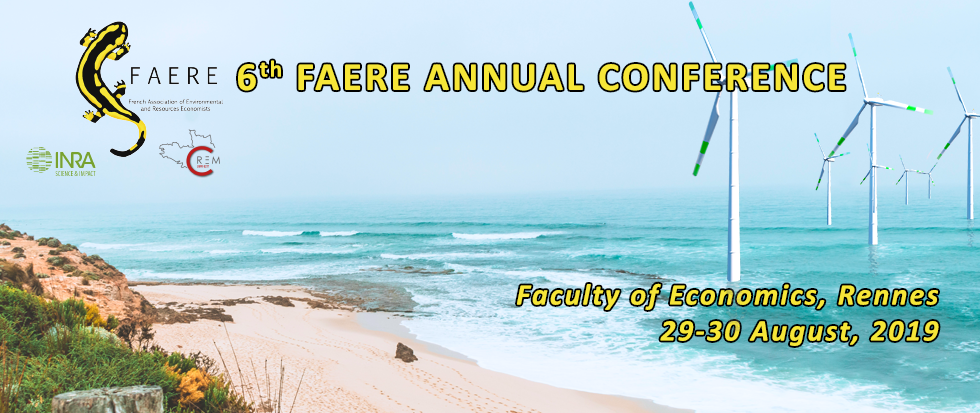This paper studies the role of preferences on the link between disasters and growth. An endogenous growth model with disasters is presented in which one can derive closed-form solutions with non-expected utility. The model distinguishes disaster risks and disaster strikes and highlights the numerous mechanisms through which they may affect growth. It is shown that separating aversion to risk from the elasticity of inter-temporal substitution bears critical qualitative implications that enable to better understand these mechanisms. In a calibration of the model, it is shown that for standard parameter values, the additional restriction imposed by the time-additive expected utility can also lead to substantial quantitative bias regarding optimal risk-mitigation policies and growth. The paper thus calls for a wider use of non-expected utility in the modeling of disasters, in particular with respect to environmental disasters and climate change.



